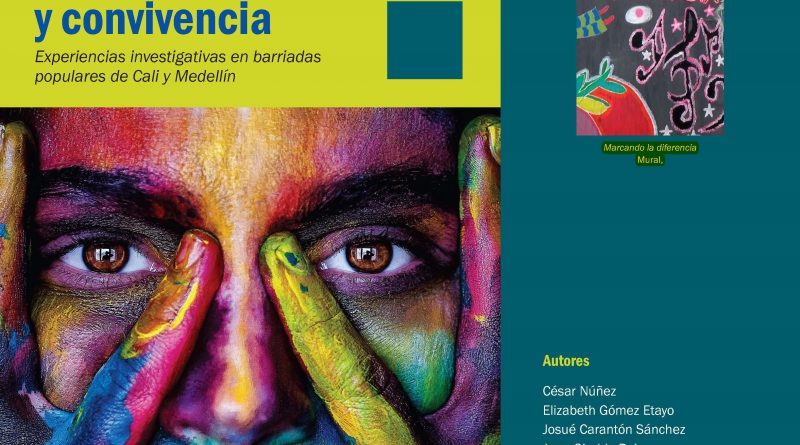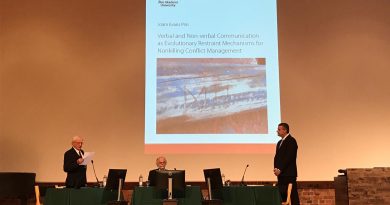Youth, Violence and Peace: Experiences from Cali and Medellín
Professor César Núñez (Universidad de Medellín, Colombia), a member of the Nonkilling Health Sciences Research Committee and Nonkilling Psychology Research Committee of the Center for Global Nonkilling, has jointly published with Elizabeth Gómez Etayo, Anyerson Gómez, Juan Giraldo-Rojas, Josué Carantón, Nora Vargas, Rodrigo Ocampo, Liliana Gallo and Ángela Arango, the book YOUTH, VIOLENCE AND PEACE, Investigative experiences in popular neighborhoods of Cali and Medellín. The text, originally in Spanish, is published by Sello Editorial de la Universidad de Medellín, and is the result of a joint research project with the Universidad Autónoma de Occidente (Cali) in Colombia. The book can be downloaded for free here.
In line with the philosophy of the Center for Global Nonkilling, the book offers conceptual elements and categories of analysis to understand the incidence of different forms of violence in the construction of identities and daily realities of young people in Cali and Medellin in Colombia. It also offers a perspective of propositional analysis as an option to analyze and make young people visible as actors and authors of artistic, sports, cultural and political experiences and strategies for the construction of peace and peaceful coexistence in multiple scenarios. All of this is based on the hypothesis that young people are the last link in a chain of violence but not its cause.
The book is composed of two parts and 9 chapters containing a theoretical, conceptual and contextual reference. The first part refers to a general context of the problem of youth violence, the concept of youth and young people, restorative justice in young populations, and the concept of pro sociality, psychosocial skills and competencies. The second part shows different categories of analysis based on the experience of field work with very particular tendencies at the level of: corporealities and resistance to violence; the experience of the youth context and the demands and conflictive relationships with adult and institutional referents; gender and youth sexuality; coexistence and peace building, and finally a methodological section of the research process that gave rise to the book.




